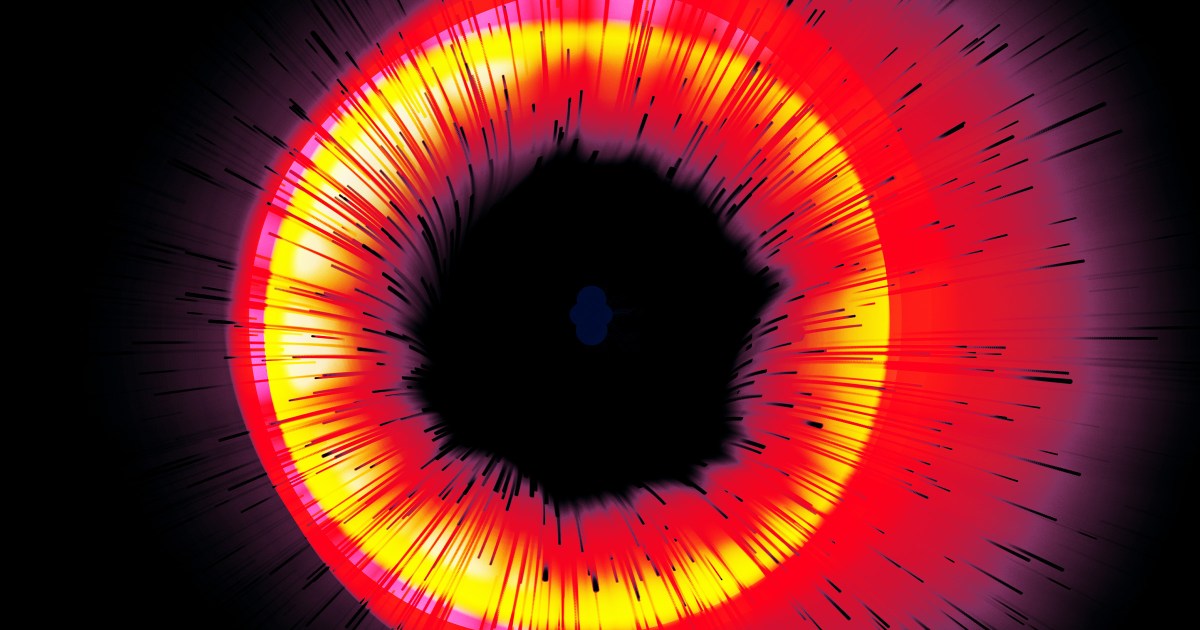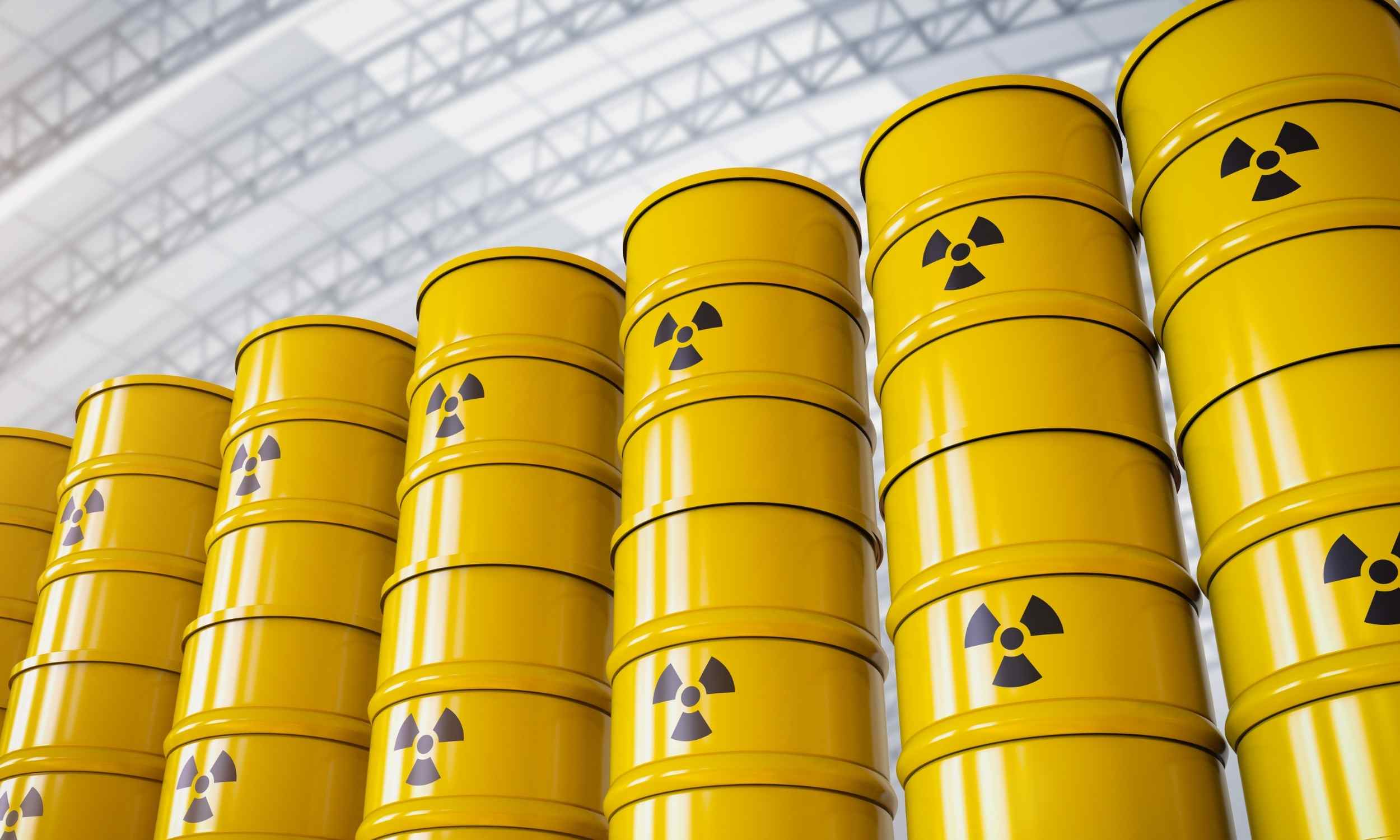In a groundbreaking discovery, scientists were taken aback by a peculiar event that unfolded on Greenland’s ice sheet in 2014, now revealed by recent research. A study, published by Nature Geoscience, documents the unexpected eruption of meltwater from a subglacial lake, which pierced through the ice sheet in an extraordinary manner. The findings have left researchers perplexed, as this development defies previous understanding of how water typically drains from beneath Greenland’s ice. While subglacial lakes are well-documented and studied, this eruption is unlike any previously observed, prompting deep concern about the future of Greenland’s ice sheet and the broader implications for global sea levels and climate stability.
A Rare Event: The 2014 Meltwater Eruption
“We haven’t observed anything like this before,” explained Malcolm McMillan from Lancaster University, one of the key researchers involved in the study. McMillan’s statement highlights the unprecedented nature of the event. Subglacial lakes beneath Greenland’s massive ice sheet have long been a subject of scientific interest. These lakes typically drain over time, releasing meltwater beneath the ice. However, what transpired in 2014 was something entirely different. Instead of the typical, gradual release, a significant and sudden rupture occurred, leading to a dramatic eruption of water through the ice sheet. Researchers now believe that over the course of ten days during the summer of 2014, water pressure gradually built up, forcing its way through the ice with explosive force. The result was a massive crater in the ice sheet, captured through satellite imagery—an event unlike anything scientists had ever seen.
The eruption has raised many new questions regarding the behavior of subglacial lakes and the potential consequences for the ice sheet as a whole. It suggests that the dynamics of Greenland’s ice are more complex and unpredictable than previously thought. The event not only caught the attention of scientists but also highlighted the volatility of the ice sheet, signaling that even well-understood processes may be subject to rapid, unforeseen changes.


The Bigger Picture: Climate Concerns and Rising Sea Levels
The eruption’s implications are far-reaching, contributing to growing concerns about the melting of the Greenland ice sheet. Greenland holds the second-largest ice sheet in the world, after Antarctica, and its gradual melting is a significant contributor to global sea level rise. Rising global temperatures, largely due to human-caused pollution from fossil fuel consumption, have resulted in unsustainable ice loss from both the Arctic and Antarctic regions. In fact, NASA’s studies indicate a troubling trend: Greenland’s ice sheet is losing mass at an accelerating rate, with a 12.2% decrease per decade. The ice loss contributes directly to rising sea levels, which in turn exacerbate extreme weather events and threaten coastal habitats globally.
The newly discovered phenomenon of the subglacial lake eruption underscores the vulnerability of Greenland’s ice sheet and highlights the unpredictable nature of climate change. “We know that lakes beneath Greenland drain,” McMillan stated, further emphasizing that while researchers are familiar with the basic drainage mechanisms, this eruption offers an entirely new perspective. The physical act of water bursting through the ice could have a variety of implications for future ice dynamics, potentially accelerating the melting process even further. As the ice sheet’s stability continues to decline, scientists are left grappling with how best to predict and respond to these emerging changes.
Seeking Solutions: Geoengineering and Climate Policy
The situation calls for urgent action and further investigation into the complexities of Greenland’s ice dynamics. While research into radical geoengineering solutions is being explored, they remain years away from any potential application. These strategies, which could include efforts to artificially slow the melting of polar ice, require careful consideration and extensive testing to assess their long-term viability and environmental impact. Meanwhile, the international scientific community continues to push for comprehensive climate action to address the root causes of melting ice sheets.
The insights gained from this eruption provide crucial data for forming future climate policy. Understanding the behavior of subglacial lakes and their potential for rapid, unexpected changes is critical in predicting future ice loss and mitigating the associated risks. As the world’s climate continues to warm, scientists are left with the task of deciphering the rapidly shifting ice dynamics to help inform strategies for preserving the planet’s ice sheets and coastal communities.
Source link


